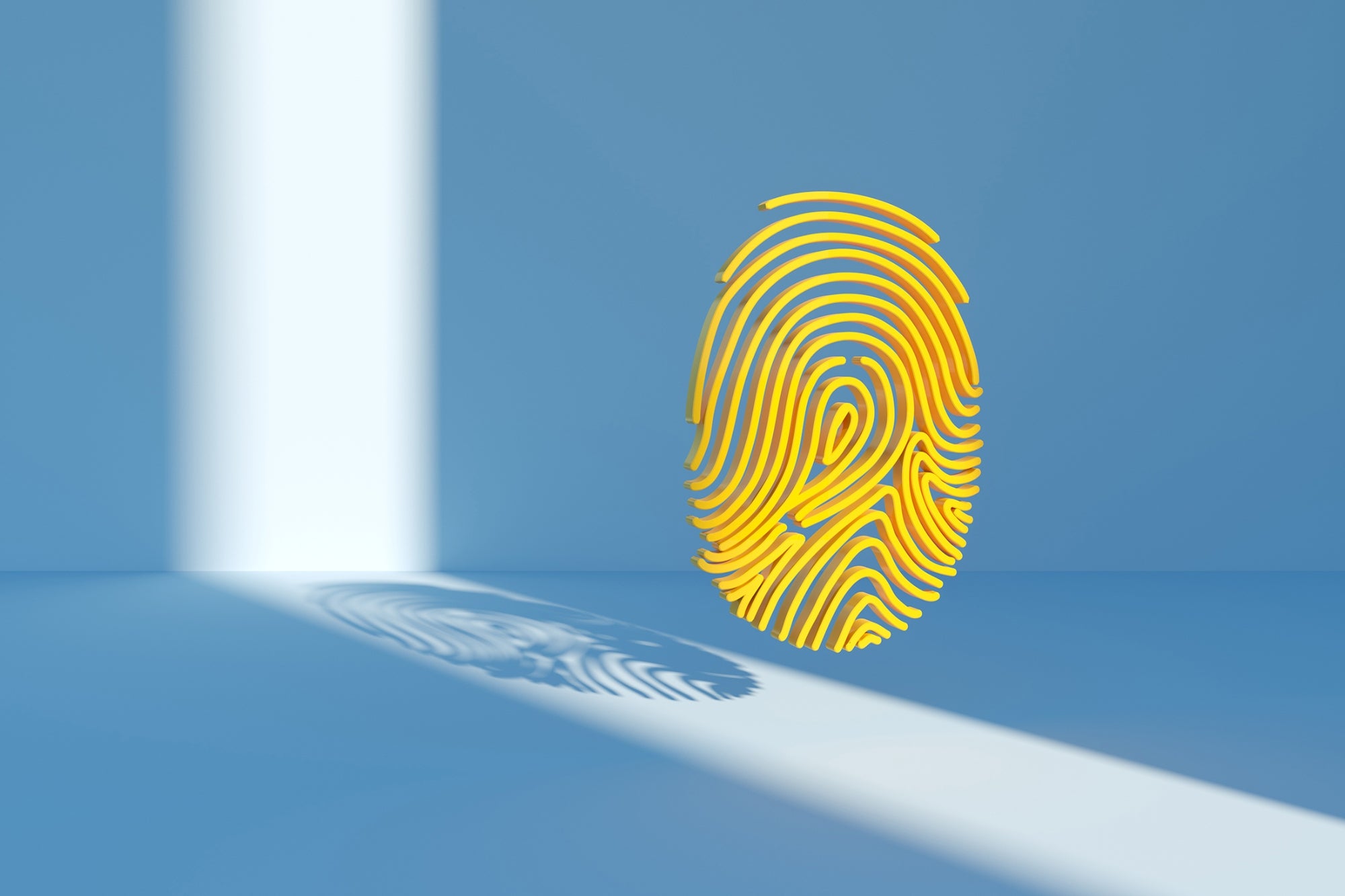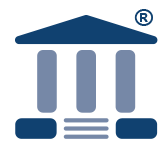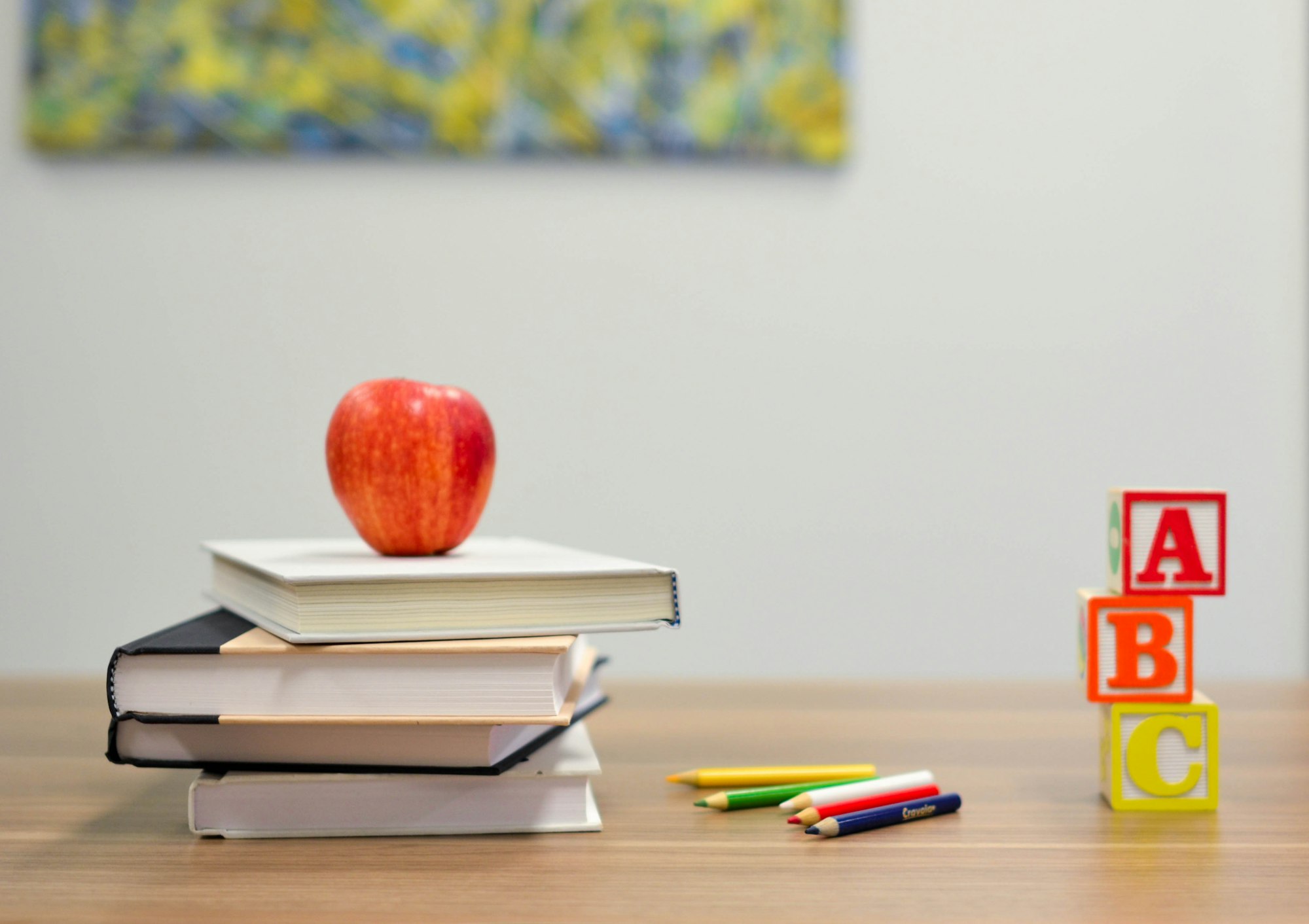
A product-first culture can help you build better products, improve customer loyalty, and boost the company’s bottom line.
However, how can you implement this type of culture in your organization? And what can you do to ensure that your team embraces it?
This article will explore how to develop a product-first culture in your organization.
Let’s start.
What is product-first culture?
A product-first culture aims to create a more cohesive and aligned organization focused on building the best possible product for customers. This approach includes everything from customer research and design to development and launch. Every decision made should be based on what’s best for the product. Implementing and maintaining this can be challenging, but it’s worth it if you want to create a world-class product.
This culture appears to have a higher likelihood of a successful end product as other departments actively participate in the product's planning, implementation, and decision-making process.
Plus, the management also sets up the organization in a way where everyone working on a given task has a reason to want the product to succeed. The product-first culture has become popular in recent years to describe how some companies approach product development.
In a product-first company, the product team is responsible for driving all aspects of the product strategy and roadmap. This culture typically leads to better outcomes because all team members work towards the same goal: to create a product that customers will genuinely want, need, and love.
Key Elements of a product-first culture
A product-first culture includes three essential elements: team, alignment, and ownership.
Team
As the name of this culture suggests, the mindset of a product-first organization focuses solely on the product from start to end.
This ethos means all team members, from the CEO to interns, should only be thinking about one thing: how to make the best product possible.
Adopting a product-first mindset begins at the beginning of the product development process. As early as customer research and design, brands with this type of attitude ensure that the product is :
- Genuinely relevant and helpful to its customers, and it
- Effectively responds to their needs and pain points
Once the product is available, a product-first organization tracks engagement to gain and analyze whether customers are utilizing the product as intended so they can make all the necessary changes to improve it.
A product-first culture is also data-driven, meaning it has a feedback loop in place to give its customers the ability to provide their input on their product experience and suggest ways to improve it.
And then, they discuss this information amongst themselves and decide how they can implement it in the product.
Alignment
A product-first culture cannot exist without alignment between the various departments within a company.
All team members must be on the same page about the product's goals and facets. They also need to understand their role in achieving these aspects and how it contributes to the product's success.
Hence, there are no silos between departments because they understand that these divisions will only lead to a product that is disjointed and difficult to use.
Instead, all team members collaborate to create a polished and seamless product.
Ownership
A product-first culture requires ownership from each team member.
Everyone should be intensely passionate about the product and how they can help promote its success, which means they should constantly strive to improve the product and make it the best version possible. This level of ownership ensures that everyone is always thinking about ways to enhance the user experience.
Furthermore, a product-first culture also creates a sense of ownership among team members, as they all feel like they are a part of something larger and that their work is genuinely making a difference.
As product-first businesses gain pride and conviction in what they have created, a low barrier to entry happens. This tendency often occurs in brands running freemium business models as they believe that customers will like the free experience so much that they'd end up purchasing it.
Being willing to take risks in this type of engagement highlights the laser focus of these organizations on long-term rewards over immediate profits. This strategy also holds for businesses that use flexible pricing, month-to-month agreements, and free trials.
How to develop a product-first culture in companies
Creating a product-first culture can be challenging. It requires buy-in from all levels of the organization, including executive leadership. It also takes time to change people's work and build new processes.
Thus, implementing this culture might take time, especially if you build it from the ground up.
However, it's worth every effort as the benefits are significant, so if you're thinking about instilling this type of culture in your company, here are a few things to keep in mind:
1. Start practicing relevant values
As your business grows, it's important to start living by the values that will be most relevant to the product-first culture, including:
Innovation
Innovation is the process of creating something new with real business value, like a new product, service, process, or way of thinking. It's vital to foster a culture of innovation in your company, as it will be essential to other traits involved in a product-first culture, such as the succeeding ones below.
Creative thinking
Creative thinking is the ability to come up with new and original ideas. This kind of thinking is essential in a product-first culture as it allows you to constantly improve and iterate on your products.
Customer focus
In a product-first organization, the customer is always at the forefront of decision-making. Decisions made by the company regarding the product must depend on what is best for the customer to ensure that they remain satisfied and engaged with the brand's products and services.
Agile mindset
An agile mindset is the ability to adapt to change rapidly. Obtaining this perspective is vital in a product-first culture, as the product landscape is constantly changing and evolving. Your organization must learn to adjust to your industry's trends and updates.
Plus, to be able to respond quickly to user feedback, agile processes need to be in place. Hence, the product team should be able to make changes and iterate on the product quickly.
Continuous learning
In a product-first culture, it's essential never to stop learning. You should always seek new information and knowledge to help you improve your products. You should encourage your team to learn and grow to handle the ever-changing product landscape.
After all, everyone can develop the necessary skills and abilities through effort, good teaching, and perseverance.
2. Create a cross-functional team
A product-first culture requires a strong cross-functional team. This team should include members from all disciplines, including design, development, marketing, sales, and customer success.
With different knowledge and expertise, you will obtain diverse perspectives that can help you create informed product decisions, which is essential to success.
3. Encourage collaboration and communication
In a product-first culture, it's important to encourage collaboration and communication across all levels of the organization. This way, everyone can freely share their ideas and opinions to develop the best product possible.
Be open enough to hear your employees' insights and let them have a say in product development, so they know the organization values their voice and perspectives.
Employees are 4.6 times more inclined to feel motivated and inspired to do their jobs best when the company listens to them — so creating an open, collaborative, and inclusive atmosphere in your company is essential.
In addition, encourage employees to give feedback on the product regularly. This way, you can obtain honest and unbiased opinions that can help improve the product. Make it easy for employees to give feedback by setting up a system where they can do so conveniently.
4. Make data-driven decisions
A product-first culture requires all decisions to be data-driven. This way, you can ensure that the product is heading in the right direction by basing it on customer feedback and user data.
In addition, you should take advantage of data to guide every step of the product development process. This way, you can be sure that the product is meeting the needs of your target market.
5. Invest in training and development
Incessant training and development for all team members will help everyone be more effective and efficient in their roles.
Investing in their learning helps team members understand the company's products best. It also teaches them how to create products in a way that truly benefits the customer.
Additionally, training provides employees with the skills and knowledge necessary to improve the product. Lastly, it helps team members keep up with the changes in the product landscape, which would allow them to produce high-quality and in-demand products consistently.
6. Be willing to experiment
A product-first culture should be open to experimentation. However, this step doesn’t mean disregarding potential risks. Risk takers should also learn to try new things and learn from mistakes to improve the product.
When experimenting, take calculated risks. Try small and safe experiments first before moving on to bigger ones. Doing this can reduce the chances of making costly errors that could impact the product negatively.
7. Always seek feedback from customers
In a product-first culture, businesses should seek feedback at every stage of the product development process. This feedback can come from surveys, interviews, focus groups, or social media listening.
Customer feedback is essential in helping you understand how to improve the product and make it more user-friendly. Additionally, it can help you assess the product's marketability and meet customer needs and expectations.
Implementing this customer environment helps your customers understand that you are always open to how they feel about your products and brand. It also shows that you are willing to consider their feedback to make changes that would improve their experience.
That way, they'd be willing to tell you first about any negative impressions they have and work with you to provide suggestions on how you can make the product better. 56% of clients claim that a firm's response to a review altered their opinion of the company. And nine out of ten customers read reviews before buying a product, so embedding this practice in your culture could significantly impact your product's success.
8. Get the entire executive management on board
Gaining the support of the whole upper management is critical to ensuring that a product-first culture resounds throughout the entire company. All managers should be aware of this approach and be able to embody it at every stage.
Plus, this type of culture is difficult to implement without the support of your executives. By getting them on board, you can be sure that everyone in the company is working towards the same goal: making a product that provides value to the customer and developing an environment that supports it.
Key performance indicators (KPIs) are quantifiable measurements that help you track the progress of your product-first culture. Your team can use them to track anything from customer engagement to product improvement.
Some common KPIs for a product-first culture include:
- Number of new customers acquired
- Percentage of returning customers
- Average session time
- Bounce rate
- Conversion rate
- Social media shares/mentions
These KPIs should be specific, measurable, achievable, relevant, and time-bound. By doing this, you can easily track their progress and ensure they are on track to achieve their goals.
10. Be patient
A product-first culture takes time to develop. There will be bumps along the way, but as long as you are patient and persistent, you will eventually succeed. It also requires a lot of dedication and hard work.
However, it is worth it in the end, as it will help you build a strong product development team that can create high-quality products consistently.
In addition, following these steps can result in more positive company culture, increased employee satisfaction, increased profits, and improved customer retention rates.
11. Celebrate your success.
After all your hard work, it is essential to celebrate your success to stay motivated and focused on your goals. It will also show your team that you are committed to the product-first culture and are willing to invest in it.
How to measure a successful product-first culture
There are a few key indicators that you can use to measure whether or not your product-first culture is thriving.
- Faster time to market
- Increased team alignment
- Improved product quality
- Increased user satisfaction
- Improved company culture
- Increased profitability
- Increased innovation
- Improved company reputation
These are just a few of the ways you can measure success. If you see positive results in these areas, it's a good sign that your product-first culture is working.
Conclusion
Creating a product-led culture requires dedication and effort from everyone. It may take time and effort to implement. However, the benefits that come from it are more than worth the investment.
Remember, a product-first culture can help you build better products, improve customer loyalty, and boost your company's bottom line.
If you're unsure where to start, use the tips in this article to help you get started.
https://bit.ly/3WGm8Rp
https://bit.ly/3FSfp0O











